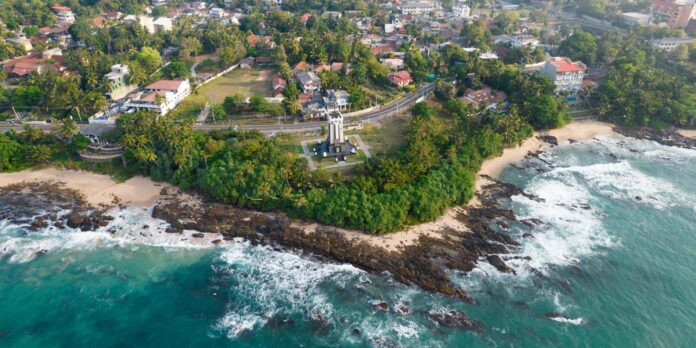Tourism has long been one of Sri Lanka’s most resilient industries, bouncing back after civil war, terror attacks, and pandemics. Today, with global travel normalizing and Asia-Pacific demand on the rise, the island once again finds itself poised for a tourism-led rebound. But the optimism in arrival numbers is undermined by a deeper malaise: a dysfunctional regulatory environment, infrastructure bottlenecks, and the absence of a cohesive tourism strategy. Unless these issues are addressed, Sri Lanka risks squandering yet another window of opportunity.
The latest data shows that tourist arrivals are steadily climbing, led by Indian, Russian, and European travelers. Hotels in coastal towns and heritage sites are reporting moderate occupancy, and entrepreneurs in the hospitality sector are cautiously expanding their offerings. But talk to stakeholders across the tourism value chain and a different picture emerges. From arbitrary license renewals and uncoordinated promotional campaigns to poorly maintained attractions and burdensome airport protocols, the structural inefficiencies are glaring.
One major issue is the lack of a national tourism masterplan that integrates sustainability, regional development, and digital innovation. Investors complain of confusion when dealing with multiple agencies whose mandates overlap but do not coordinate. Provincial councils and central authorities often work at cross purposes, leaving private operators to fend for themselves. Even simple tasks like introducing digital booking systems for parks or issuing multi-site tourist passes become mired in bureaucracy. In a world of frictionless travel and curated experiences, Sri Lanka’s fragmented approach makes the tourist journey feel anything but seamless.
There’s also the problem of underutilized tourism zones. Vast stretches of the island’s north, east, and hinterland regions offer incredible natural and cultural assets that remain untouched by tourism flows. This not only concentrates economic benefits in a few cities but also weakens the resilience of the sector. Diversifying tourism clusters would not only distribute income more evenly but also deepen the country’s tourism brand beyond beaches and ancient cities. However, this requires infrastructure investment, skilled human capital, and targeted promotion.
Moreover, global trends are shifting toward experience-based, environmentally conscious travel. Countries that align with these values are attracting higher-spending, longer-staying visitors. Sri Lanka, with its biodiversity, community-based tourism potential, and cultural depth, has all the right ingredients. But the messaging remains outdated, with promotional campaigns often missing the mark. Instead of empowering local storytellers, artists, and conservationists to shape Sri Lanka’s tourism narrative, the country relies on generic slogans and poorly executed visuals that fail to differentiate its offer.
What Sri Lanka needs is not another influx of arrivals for the sake of numbers but a deliberate, long-term reimagination of what kind of tourism it wants to promote. This begins with serious regulatory reform, private-public collaboration, and a new generation of tourism leaders who can bridge the local and global. The country has weathered crisis after crisis, and tourism has always stood as a beacon of recovery. But this time, recovery must be smarter, more inclusive, and fundamentally more strategic. The world is watching, and so are millions of potential travelers. What they need to see is not just a beautiful island, but a country that knows where it’s going.




